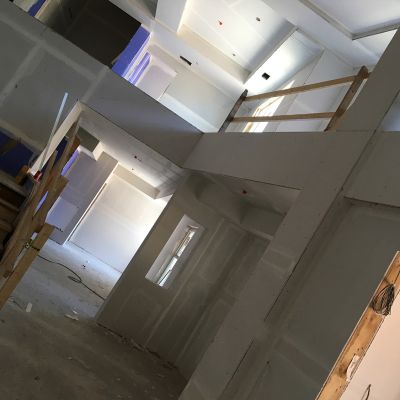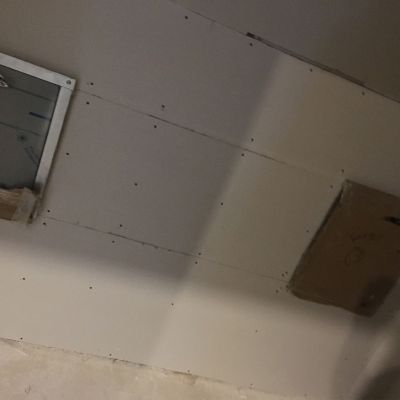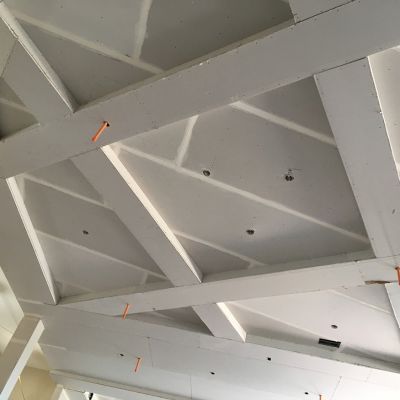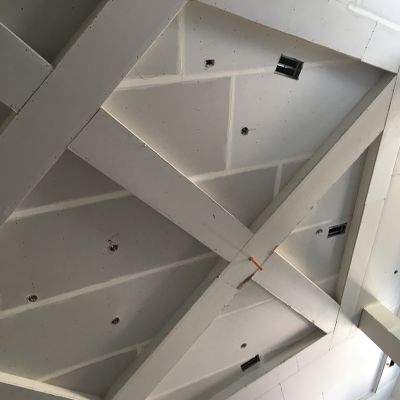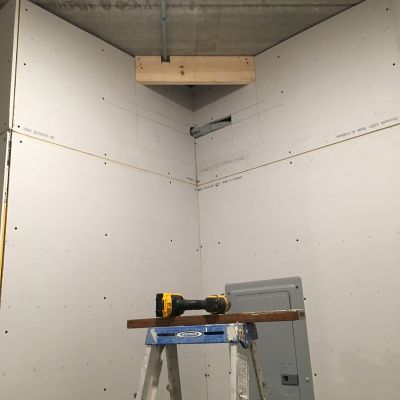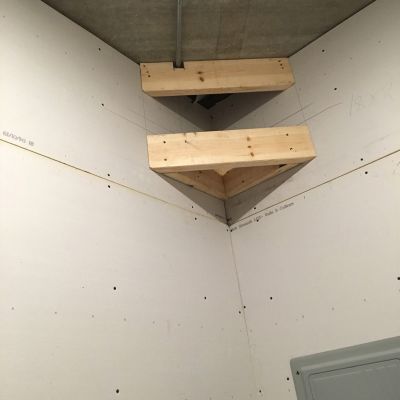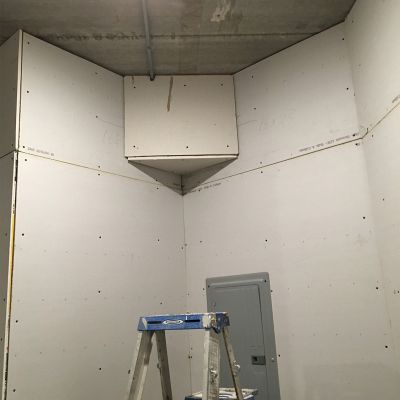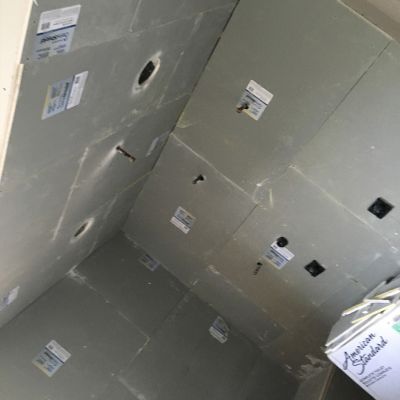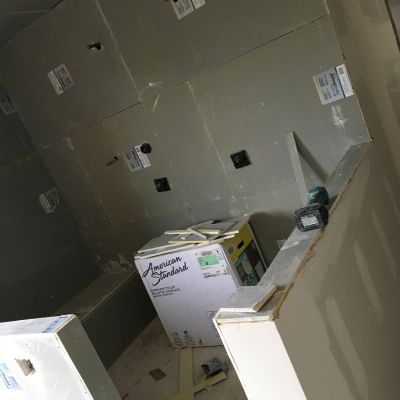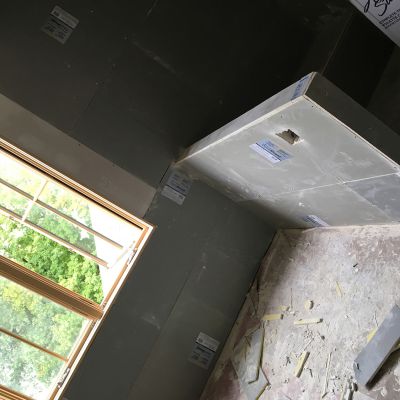Are cracks or dents in your walls making your home feel less polished? Repairing and refinishing your drywall can give your space a sleek, smooth finish that looks brand new!
Our Framework to Ensure Quality is Delivered
Drywall Frequently Asked Questions
We offer, but are not limited to removing, repairing, and installing drywall.
It is cost effective, versatile, easy to repair and maintain and fire retardant.
It depends of the size of the project. Drywall installation can be done in about 1-3 days and the taping, mudding, and finishing process would typically take between 2-4 days.
We can come in and install the insulation if needed before moving forward with installing drywall.
We are here to help you decide which route to go and will gather all of the necessary materials beforehand to make this as hassle-free on you as possible. Below you will see the type of drywall we recommend for each room, including, but not limited to:
Type of Drywall
- Regular Drywall
- Moisture Resistant Drywall
- Fire Resistant Drywall
- Soundproof Drywall
- Mold Resistant Drywall
Typical Location in Home
- Ceilings/Walls
- Bathrooms/Laundry Rooms
- Garage/Utility Room
- Office/Bedroom
- Kitchen/Bathroom/Laundry Room



